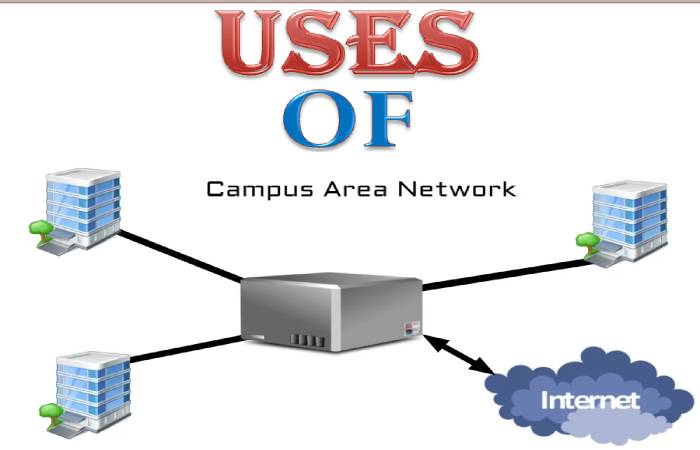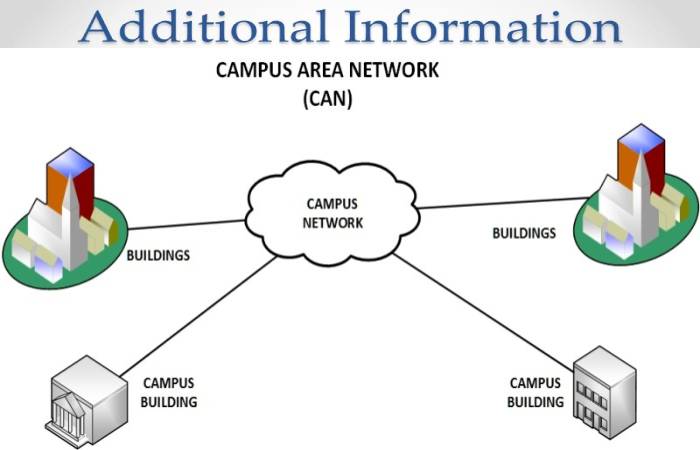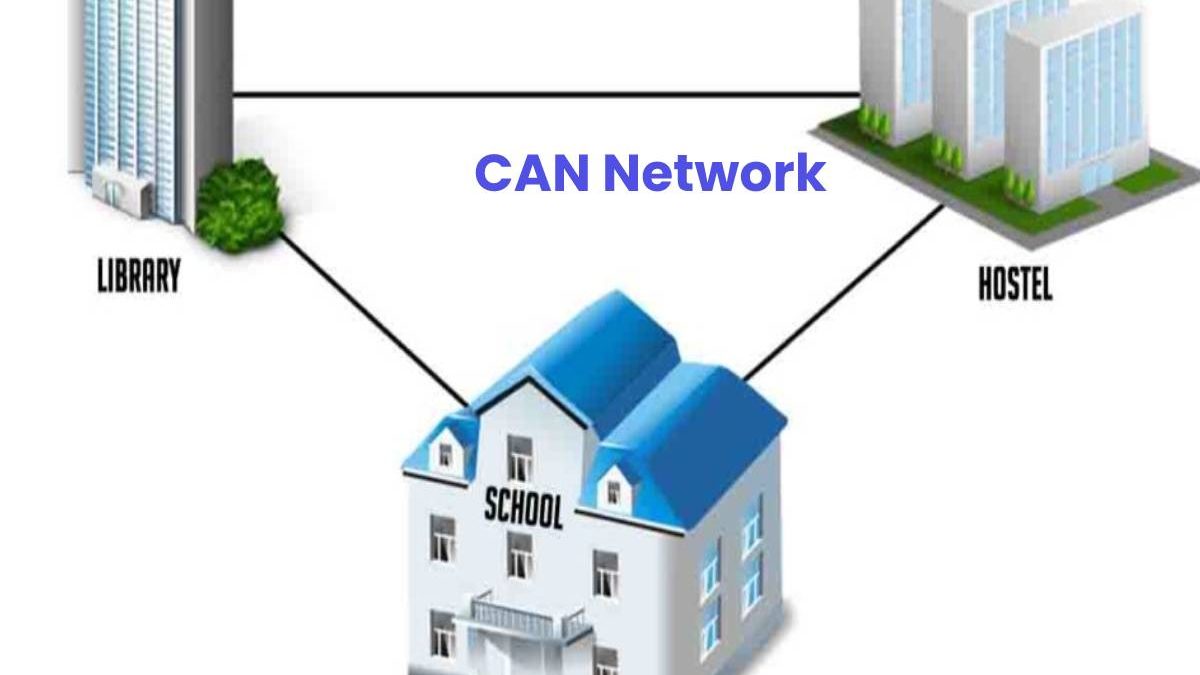Table of Contents
What is a CAN Network?
CAN network or campus network (Campus Area Network) is a network LAN dispersed in a given area or geographic location. It is encoded or programmed using various protocols where the methods known as “broadcast series” use.
The area in which this network encode is larger than a local area LAN but smaller than a more comprehensive area network such as metropolitan. Also, components such as cabling, routers, switches, among others, are used.
This, also known as a type of multiplexed network. It means that it avoids point-to-point connection except at hooks, thus reducing the use of cabling.
What are the Uses of CAN Network?

It uses for many things. Still, its primary use is to maintain the connection in various buildings within a particular area. It can even extend to kilometres of distances from each other and the central server depending on its uses.
This network allows to have a robust system in terms of data consistency, which guarantees a higher quality in the transfer of information and the ease of doing it remotely; Also, there are different advantages when using this type of network, such as:
- Better flexibility in configuration, connection and special administrator permissions;
- A multi-master system;
- Fast response guarantee in terms of latency time.
Thanks to these advantages, we can better understand the area for which this network create. It facilitates quick bug fixes, as well as more significant support with servers.
How does a CAN Network Work?
- It, as already mentioned, is mainly used to keep different types of buildings connected.
- This feature makes it very useful to use in places such as universities, military bases, medical centres, government offices, among others, where its use is varied.
- Its usage method includes standard technologies such as FDDI and Gigabyte Ethernet and efficiently achieve communication plus information transfer.
- The recommended connectivity to create this network is fibre optic, taking into account that it covers different types.
Additional Information about the CAN Network

Although it seems incredible; programming, computing, and networks’ use continue to advance more and more. For this reason, it has undergone changes that perfectly adapt to different tasks and service. For example:
- They can network and use railways, trains or trams, allowing the activation of brakes, doors, alarms and many other functions.
- This network is a handy tool in health areas, such as in laboratories, allowing the connection between test machines and computers and operating rooms, x-ray rooms, and even patient beds.
- BUS use this network; It is an adaptation of its system for automotive services, which allows you to carry out a complete diagnosis of the vehicle and digitally view any fault that may present.
- This field is very advanced, exceeding the expectations of many.
- As we saw in this article, it is the best option to create connections in a specific space or area. Thanks to its operation, it is possible to have better administration and control in that area.
- So if you have a business or want to use this network elsewhere, this information will help you.
What are the Differences Between CAN Bus and CAN Network?
- As we told you in previous paragraphs, it is a system that groups together several LAN networks and creates a specific geographic area.
- Its objective is to transmit the data by converting them into messages (thanks to the network producer) and then encapsulating them so that they receive by the client, the computer, that requested the information.
- To carry out this task, you must do it through a communication protocol called Controller Area Network or bus.
- That is why the first thing you should know is what a bus in computing.
- A bus is a topology used as a pre-designed system to transmit data digitally thanks to a printed circuit.
- If you have ever opened a computer and seen the motherboard, you will have found capacitors and resistors soldered to a board with several copper drawings printed on it. It is what is called a bus in electronics.
- Knowing what a bus is, you can now define what a bus is. It is the standard protocol used to execute tasks within it.
- It then allows data to transfer at high or low speed with the fewest possible failures.
- Finally, you should know that this system creates by the German company Bosch in 1983 and base on a set of standards established by the ISO 11898 Standard.
- Simultaneously, it can design according to the needs of entities that need to group LAN networks.
What Sectors Benefit from CAN Network?
- It is a network protocol based on ” client-server “. It is set as a criterion for the data to become identified and encapsulated messages, which accept or reject computers that requested the information.
- And also, it follows that within a Campus Area Network, resources can share at lower costs and information can transmit more quickly between the different nodes that make it up.
- Therefore, the sectors that benefit the most from this type of network are those organizations that need a geographic breadth to operate.
- Simultaneously, it composes of smaller networks (which would be LANs) to work between the computers. And make sense of the usual turn of their activities.
- Examples of this would include a university campus. A company distribute in a large building, a hospital, a factory, and a municipal government entity’s administrative personnel.
Conclusion
A limited geographic area network, also known as Campus Area Network, is a useful tool for connecting the same organization’s local area networks.
We have prepared this article to know what it is and what it is for in computing. You will also find information on the main uses they have and the sectors that benefit from it.
Also Read: How to Copy or Extract the Content of a Web Page as HTML

